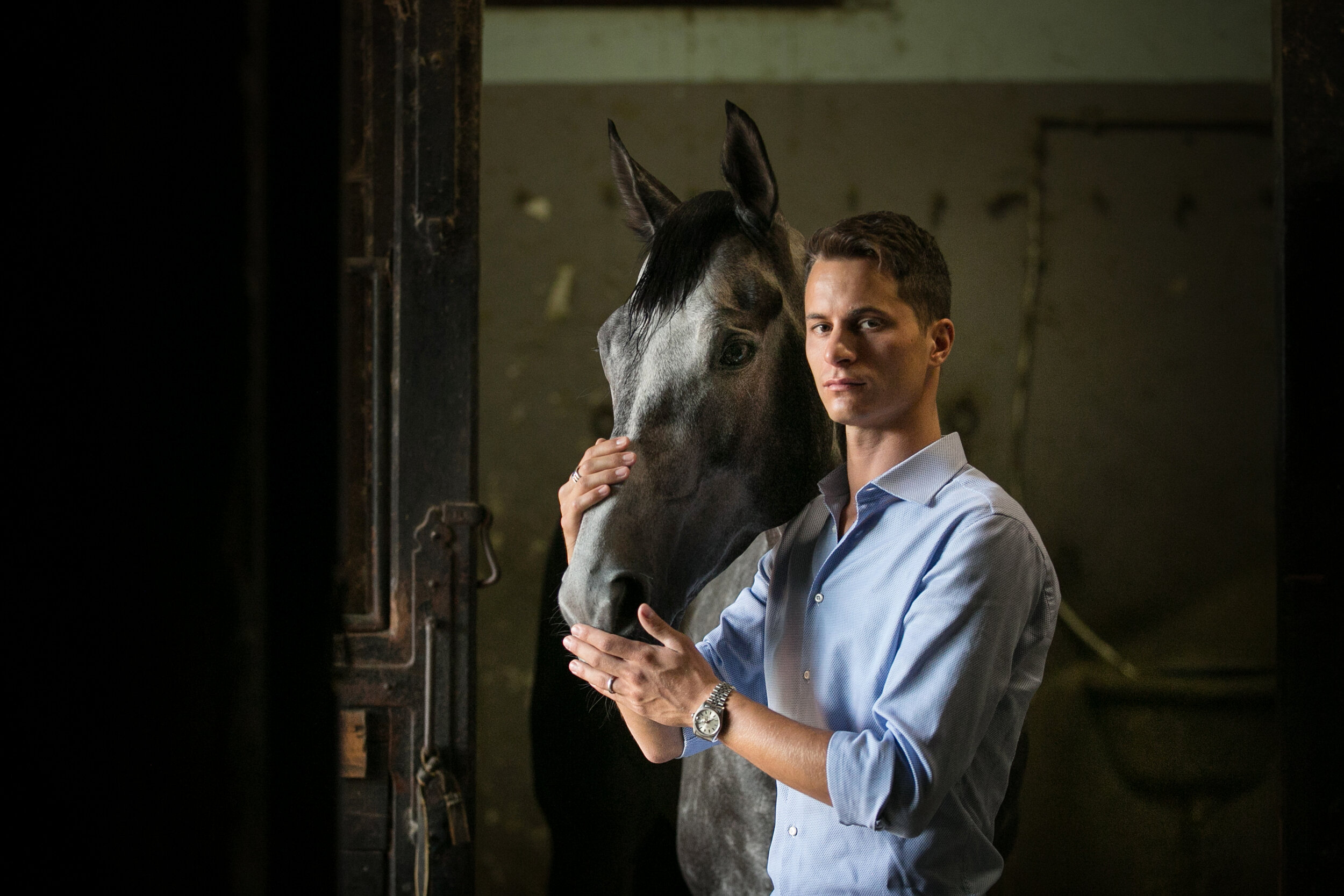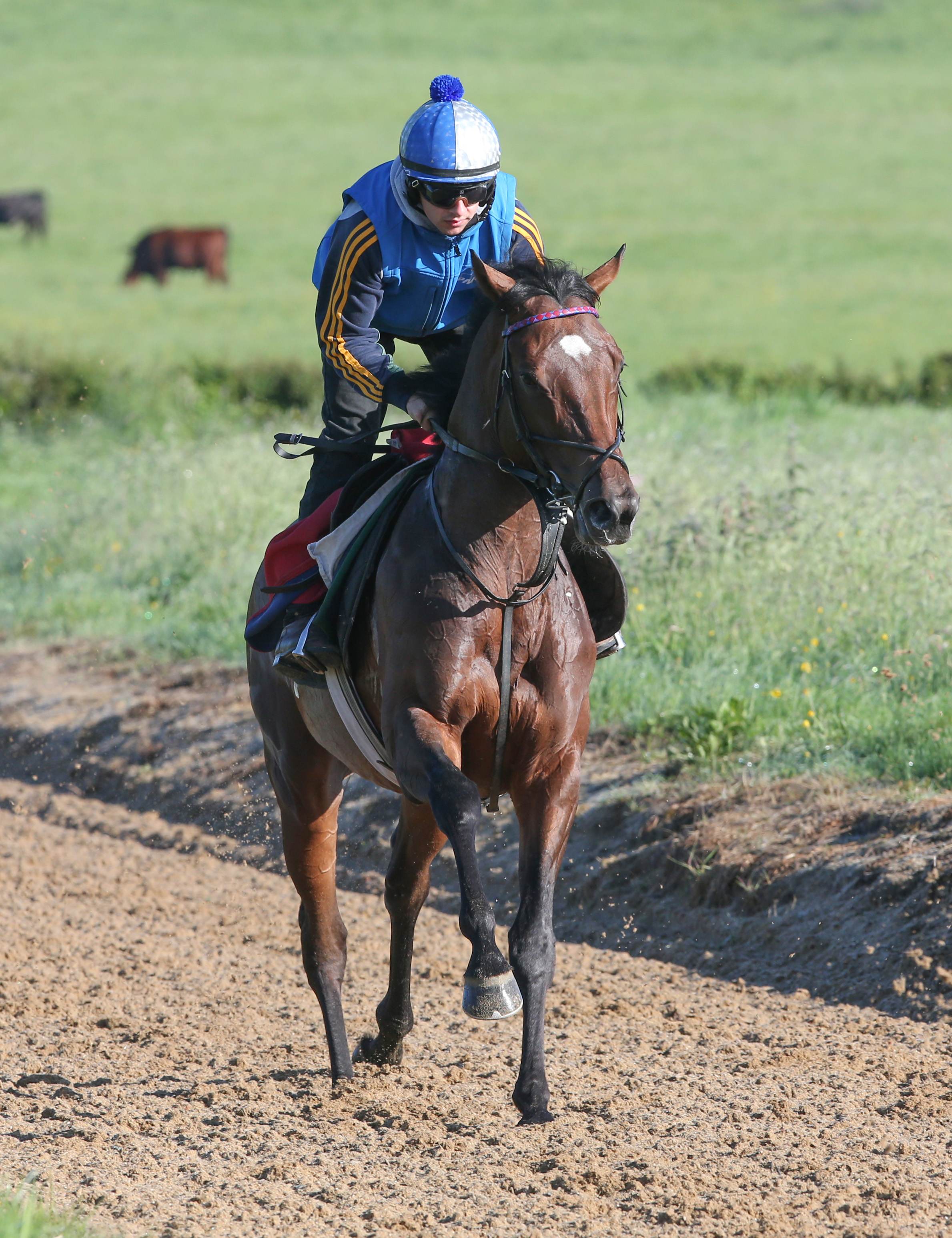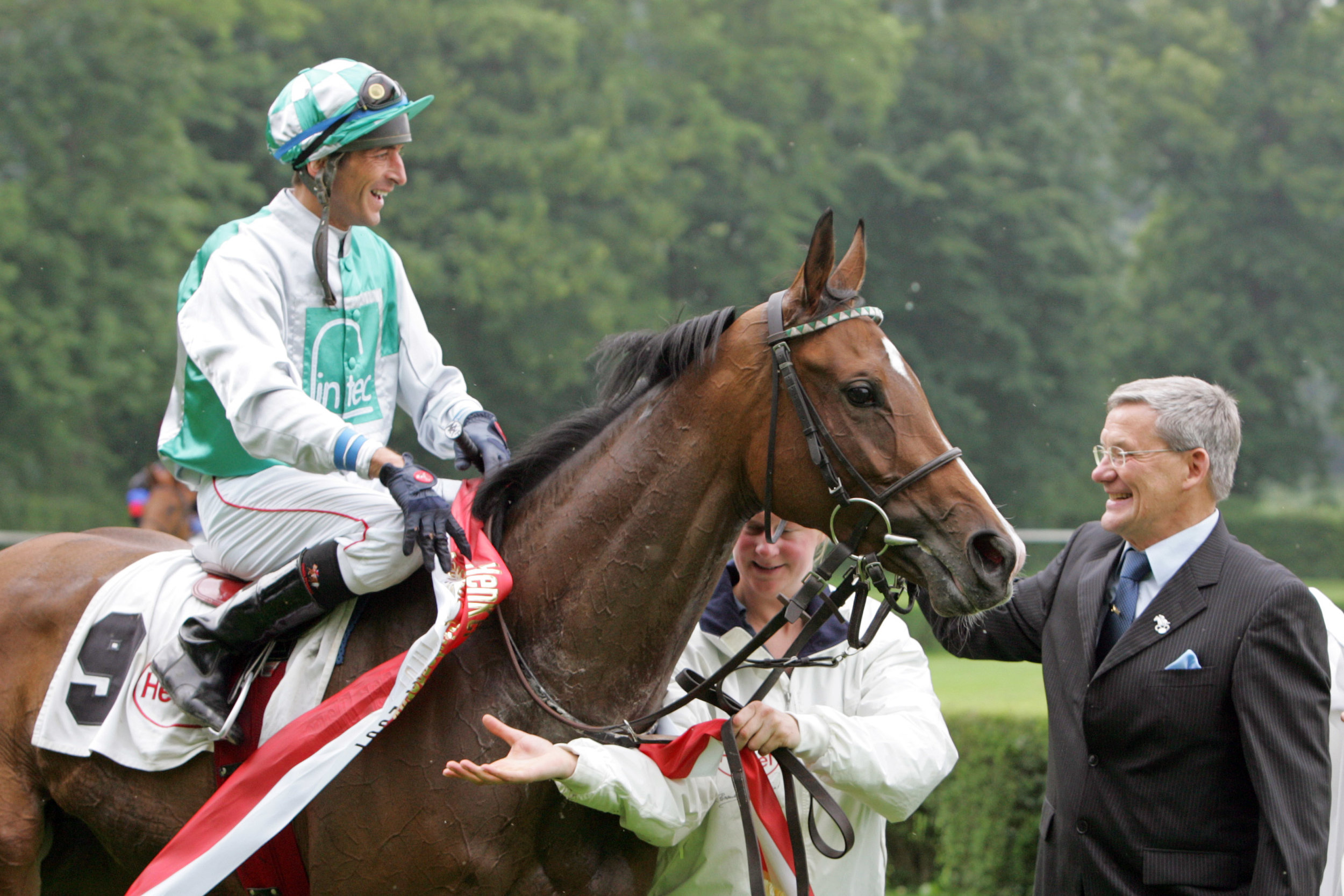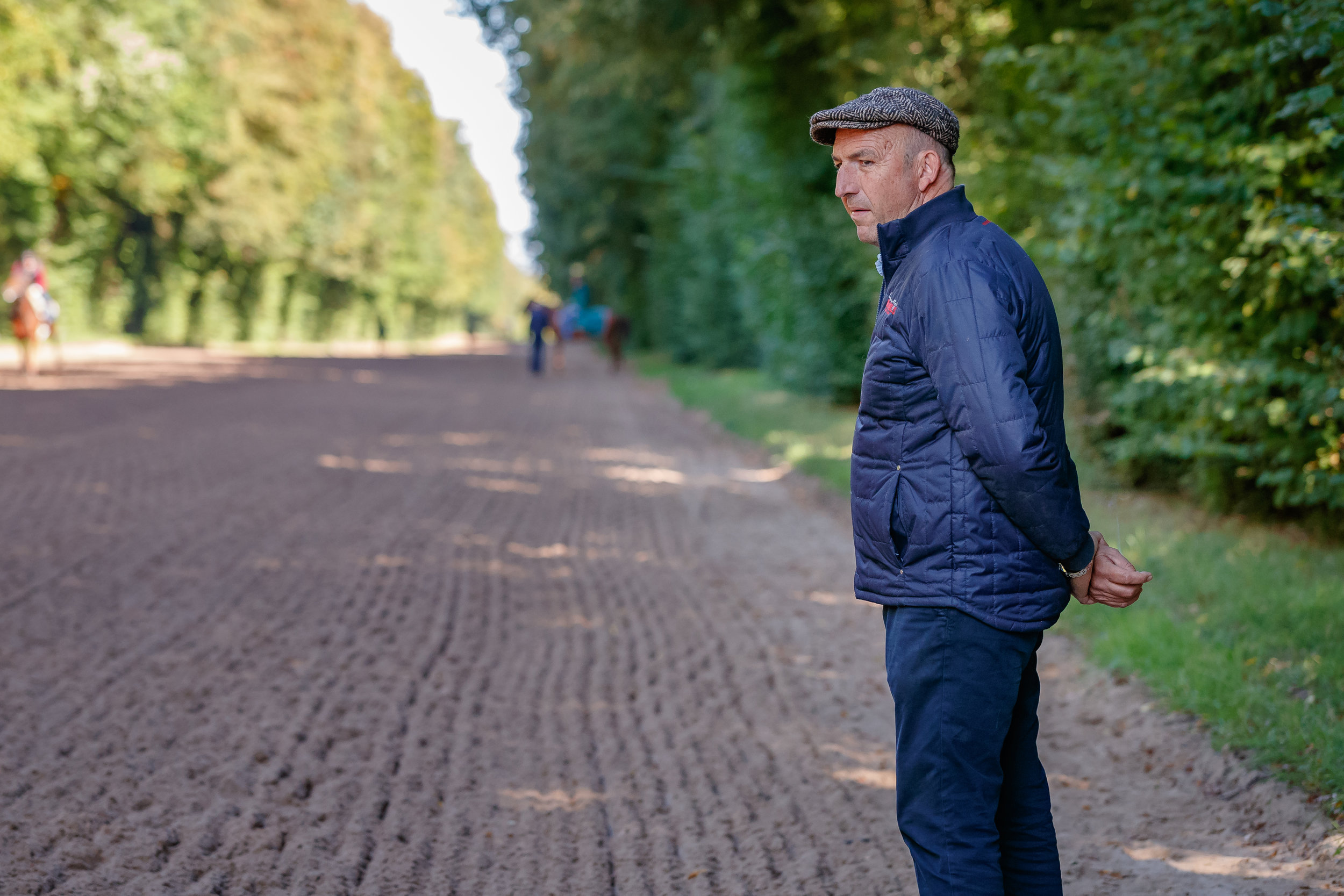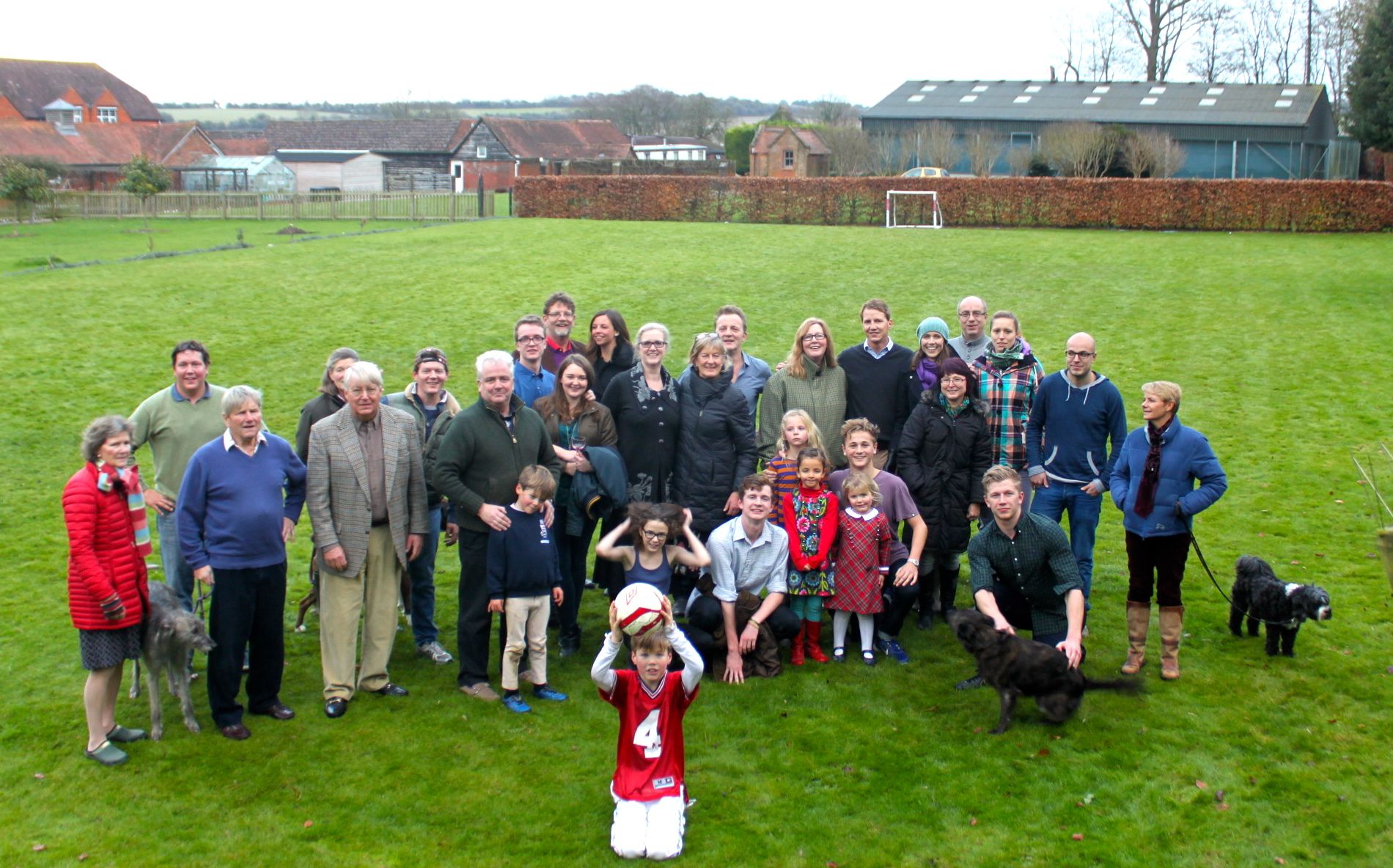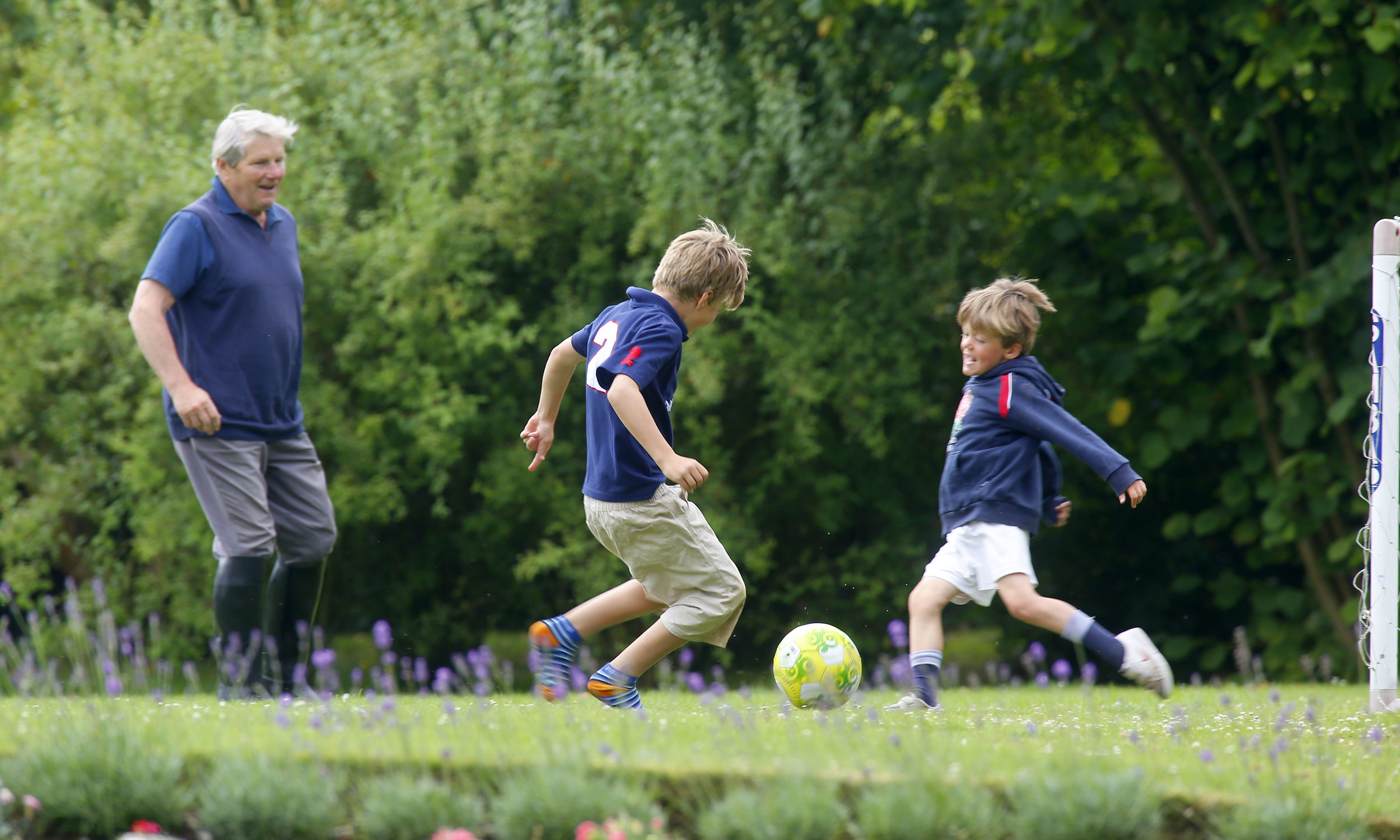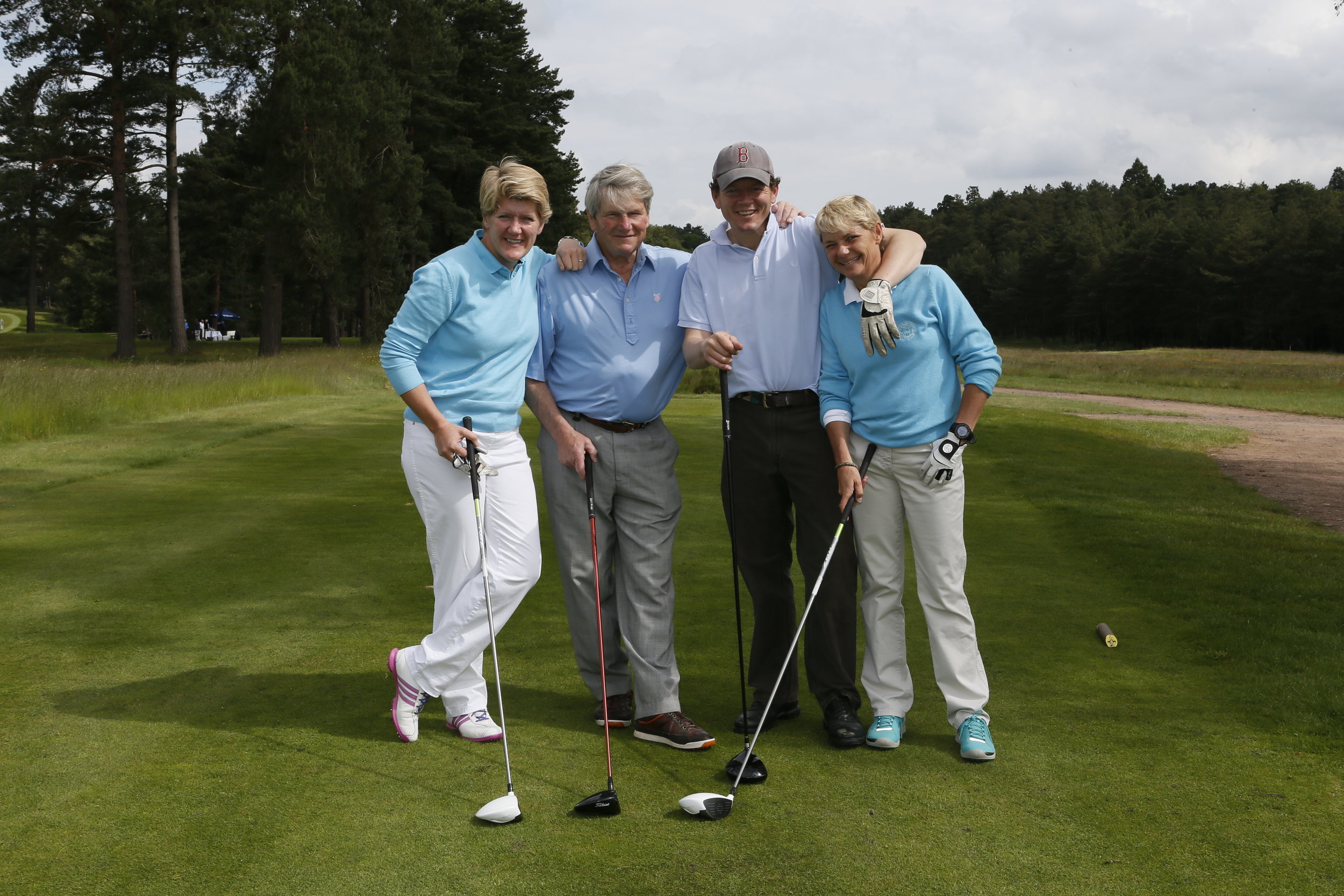Nicolò Simondi - trainer profile - who became a Classic winning trainer with - Auyantepui landing the Gp2 Oaks d’Italia at San Siro
/By Franco Raimondi
Thirty-one-year-old Nicolò Simondi became a Classic winning trainer on July 5th when Auyantepui, an unbeaten Night of Thunder’s filly, landed the Gp2 Oaks d’Italia at San Siro, less than six years before he saddled his first winner at his home racecourse.
“The filly (Auyantepui) was just an unexpected bomb and she really exploded in less than 40 days, from her debut to her Classic win. She joined my yard in December and I planned, before the COVID-19, to have her ready for a debut at the start of the San Siro’s season in mid-March. The racing was shut down, and I ran her straight in a conditions race in the San Siro opening day, May 27th. She won in a canter by almost five lengths, and the rest is history. Maybe, as somebody told, she landed the worst Oaks d’Italia ever, but she did it and left my yard moving to France for the partnership OTI Racing and WE Bloodstock heading to my friend Mario Baratti. For me, it was mission accomplished, and I think that she is a much better filly than she showed in her first couple of starts in France. Don’t forget that she had three races in a short time. I trained her to win over 2200 metres (1m 1f), but she could be better at one mile and a quarter (2400 metres) or shorter”.
Several Italian young trainers have moved to France in the last years where Andrea Marcialis, a good friend of Simondi, is now fifth in the standings. The rich French prize money is very attractive. Simondi tried his luck there in 2016. “We sent six horses, with my partner Lucia Lupinacci, to Calas in the south of France. That was our first try, but we had the wrong horses. You can run for a lot of money, but when you finish last, the prize money is zero. So, we came back to San Siro with no regrets. The level of competition in France is very high, even in the provinces you can find the big stables. We decided to stay at home and find our spot in Italy”.
Auyantepui, winning the 2020 Gp2 Oaks d’Italia
Simondi got the call from leading owner Scuderia Incolinx during the summer of 2017. Diego Romeo called following the retirement of his former trainer Vittorio Caruso and needed a new face to work with him. Nicolò Simondi was the trainer and Vittorio Caruso the assistant.
“To be honest, Vittorio Caruso was the trainer and I was his assistant while the horses of my other owners were in training with Lucia Lupinacci. Vittorio taught me everything, I had to be humble and follow him. For somebody to handle that could be tough and maybe farcical, but we enjoyed big moments together. When I count my big wins, I don’t look at the official stats. Anda Muchacho won the Gp 2 Premio Roma and Premio Vittorio di Capua trained by Vittorio Caruso, and I was just his assistant even with my name on the race card. I became the trainer in 2019, and I tried to apply all Vittorio’s lessons. In fact, my first Group win was with O’Juke in the Gp 3 St Leger Italiano, who was under Lucia’s name”, recounts Simondi.
Scuderia Incolinx is the main owner in the yard with 28 of the 52 horses under the name of Nicolò Simondi and his father Mauro, a former jump jockey. The trainer is at the head of two different teams: “The Scuderia Incolinx has its own squad, with Piero Pirisi who was a head lad before I was born. The team is very good, and I learned from Vittorio Caruso how to handle them. I have my own team for the other owners, Christian Troger, Scuderia Allegria, Elia Tanghetti, WE Bloodstock and others. Good staff at the yard is very important, and the recruitment is not easy in Italy as in the other countries because the kind of job is really full immersion, 24/7. When I was 20 years old and going out to dance, I was forced to come back at home at 2 a.m. My friends drove back home at 5.30 when I was in the saddle for the string. I am very happy with my staff; you have to respect them and be fair. The Italians are doing well abroad; at Newmarket and Chantilly, they are strong workers and dedicated”.
Simondi is based at Trenno, the training facility of Milan, just a few miles from downtown. The future of Trenno is under clouds, but Simondi is still confident. “We have a couple of useful training facilities at Milan and Pisa. For sure [it] is not the same level of Newmarket or Chantilly, but if you have the chance to find a good horse you can train him very well. For sure Trenno, the training centre in Milan, could be better. There are some worries about the future of the area and rumours about a development plan, but I think that in the COVID-19 times, the town of Milan don’t need more buildings; and a green space so close to downtown is very important for the citizens. We have to build a new image for racing”.
The Italian racing is facing tough times, even if the payment of prize money is a bit quicker than in the past and not affected by severe cuts like in other countries. Money is a matter but not the most important according to Simondi. “The level of prize money is OK, but the slow payment is a true concern. The cash flow is very important for the owners and obviously for the trainers. That's the first step, but we need to change the feeling of people about racing. For 20 years the media has reduced their interest in racing, and when our sport is in the news, it is just doping, scandals, misconducts that get reported. We lost some generations of potential racing fans. I know about other sports, and they are not much cleaner than racing and even worse".
The hard core of owners are still going despite the tough economic downturn, but the gap between Italy and the other major countries has increased in the last decades. “We missed the boat of the Arabian investors, who are very important in Britain and France, and we have to deal just with domestic owners. Our owners are enthusiasts and never give up, but on the international market they don’t play at a level field with others; and when they have the chance to find a good horse, they are forced to sell. Scuderia Incolinx is a rare bird—the Ingegner (the Engineer) Diego Romeo wants to have fun with his horses and win good races. The small owners—when they’ve got a good one—will sell him abroad quickly because there is no domestic market. The major concern is the recruitment of new owners. I could be the son or grandson of most of the major Italian owners; I have plenty of respect for all of them and I learned a lot, not just about racing, from the owners; but we have to think about the future. The owners and the punters are the racing’s backbone”.
Simondi is a good-looking young man with an open mind and training is his life. He looks abroad to find a solution to the lack of fresh owners. “I think that the Australians are a good example. Their syndicates are the best way to get new owners involved in the game. We have three problems to solve here in Italy to follow their path. …
CLICK HERE to return to issue contents.
BUY THIS ISSUE IN PRINT OR DOWNLOAD
4 x print issue and online subscription to European Trainer & online North American Trainer. Access to all digital back issues of both editions.
Your subscription will start with the January-March 2025 issue - published at the end of December.
If you wish to receive a copy of the most recent issue, please select this as an additional order.

